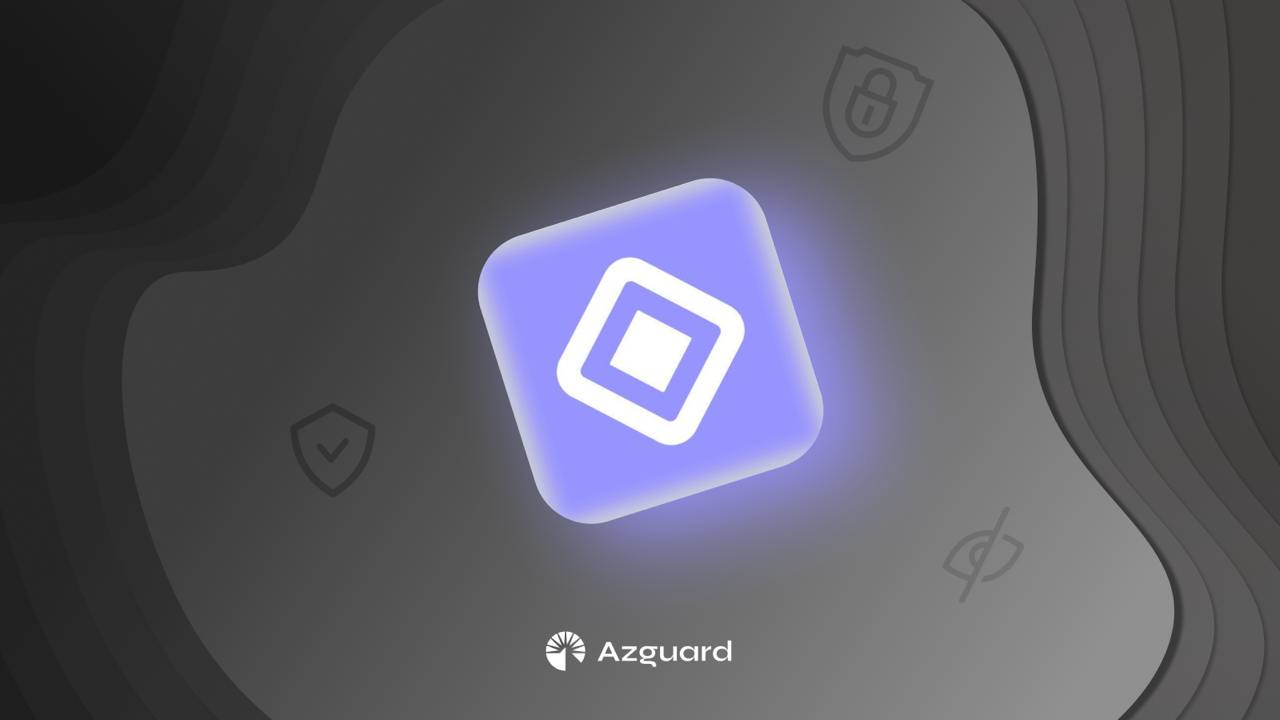What is the Aztec Network?
A beginner-friendly deep dive into Aztec’s architecture and privacy-focused L2 design

Ethereum: The Glass Bank
Ethereum is like a giant glass bank — every transaction, every interaction, every balance is visible to anyone who cares to look. This transparency is powerful for trust and decentralization, but it also means there's no privacy. Sending someone tokens? Everyone sees. Minting an NFT? Public. Voting in a DAO? Also public.
Enter Aztec Network, Ethereum’s privacy-preserving Layer 2. Instead of a glass building, Aztec gives you the option of a private room with a secure lock — but still inside the Ethereum building. You get the security and decentralization of Ethereum, with the privacy you expect from your banking app.
What is Aztec?
Aztec is a Layer 2 (L2) network built on Ethereum that uses zero-knowledge proofs (ZKPs) to make transactions and smart contract logic private and encrypted by default.
In other words: Aztec makes it possible to interact with Ethereum without exposing your activity to the world.
The TL;DR:
- Aztec is private by design using zkSNARKs.
- It supports encrypted smart contracts, not just private token transfers.
- It’s a hybrid: some data is public (for security), some private (for privacy).
- It’s a rollup — so it reduces fees and scales better than Layer 1 while staying secure.

The Privacy Layer Cake
Let’s visualize Aztec’s architecture as a layer cake:
Layer 1: Ethereum
This is the base — secure, decentralized, and public. Everything settles here. Think of it as the foundation layer where the final truth lives.
Layer 2: Aztec
Aztec sits on top of Ethereum, bundling up (rolling up) many private transactions and submitting one proof back to Ethereum. This dramatically reduces gas costs and keeps the actual details private.
Zero-Knowledge Proofs: The Frosting
Zero-knowledge proofs are the magic frosting that makes this all possible. They let you prove something is true (like a transaction being valid) without revealing the details (like how much was sent or to whom).

Encrypted Smart Contracts
Most privacy solutions only hide transactions. Aztec goes further by encrypting smart contracts themselves.
Analogy time:
Think of a normal smart contract like a vending machine made of glass. Everyone can see every snack, every coin, every choice.
An Aztec smart contract is like a vending machine wrapped in privacy film. You can still use it. You still trust it. But no one sees what snack you picked or how many coins you used.
This is possible thanks to a custom programming language called Noir, which allows developers to write logic that runs privately on-chain.

Aztec’s Hybrid Privacy Model
Aztec isn’t just about privacy — it’s about smart design.
Hybrid = Public + Private
Some data must remain public (like proofs, root hashes, contract addresses) to keep the system verifiable and secure. But the rest — like balances, function inputs, user interactions — is encrypted.
This gives you:
- Ethereum-grade security
- zk-rollup scalability
- Confidential DeFi, voting, and identity use cases
Why Privacy Matters
In the real world, privacy is not optional. You wouldn’t want your bank account, medical records, or purchases visible to everyone on the internet. So why should that be the default on Ethereum?
Aztec offers:
- Financial privacy without compromising on decentralization.
- A platform for private DeFi apps and services.
- A foundation for identity, DAO voting, and more — without surveillance.
In a future where crypto becomes infrastructure for daily life, privacy isn’t a luxury — it’s a requirement.
Aztec is building that future.
